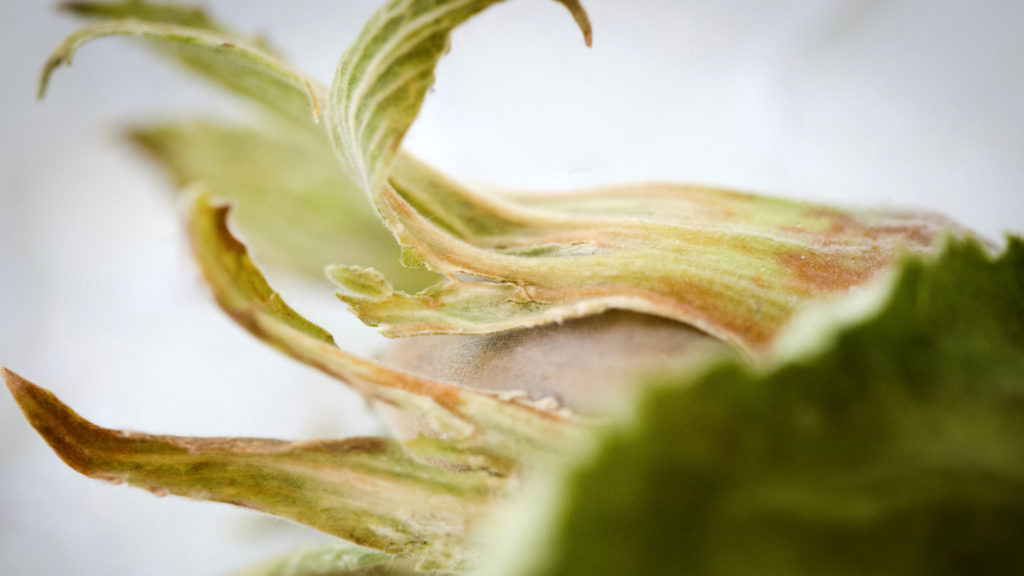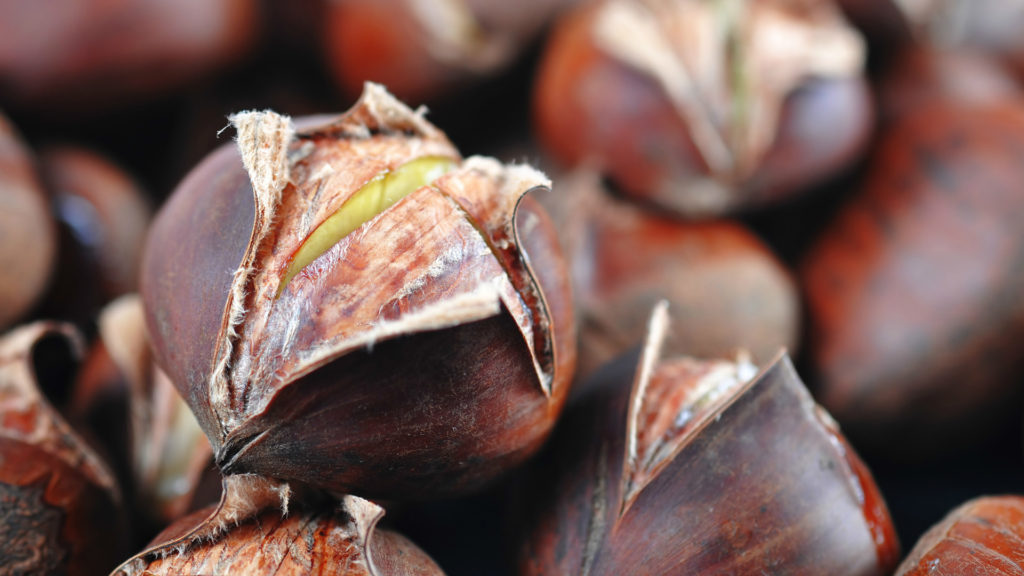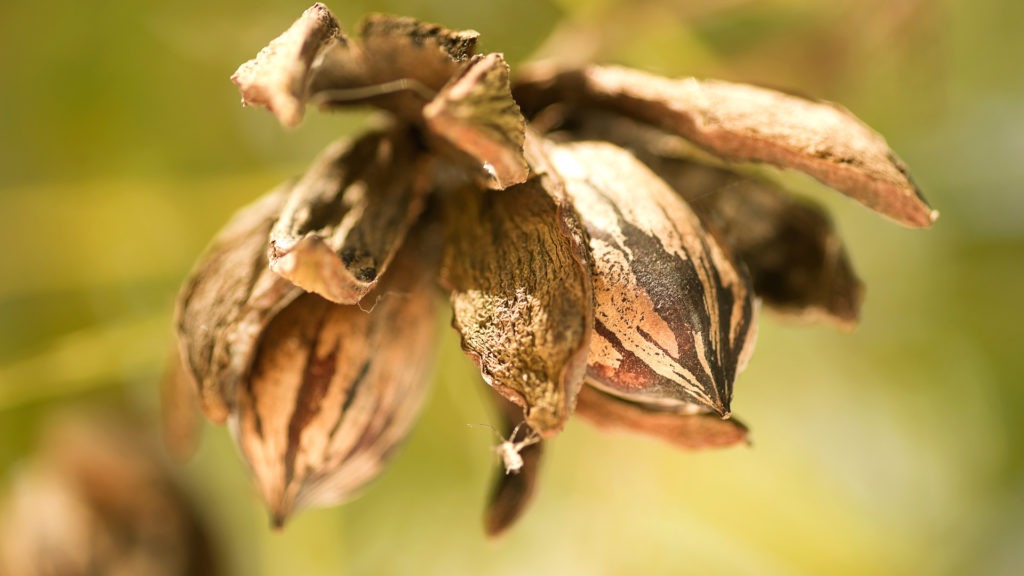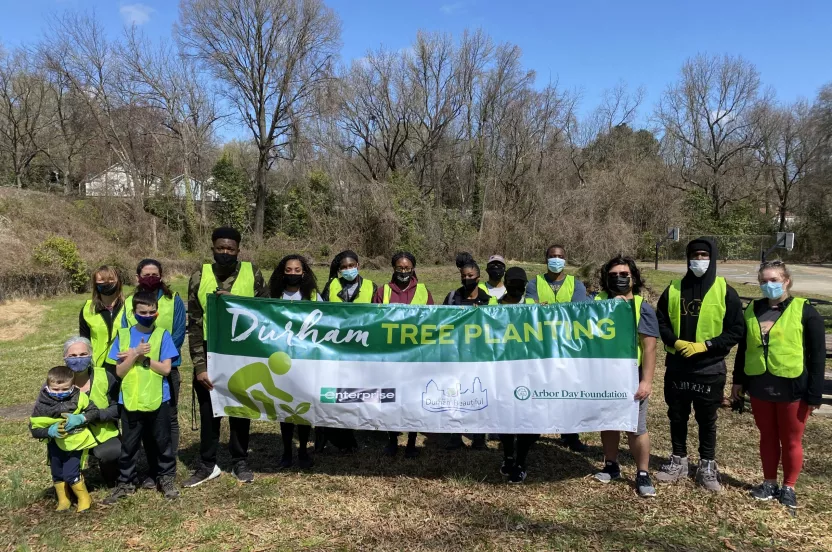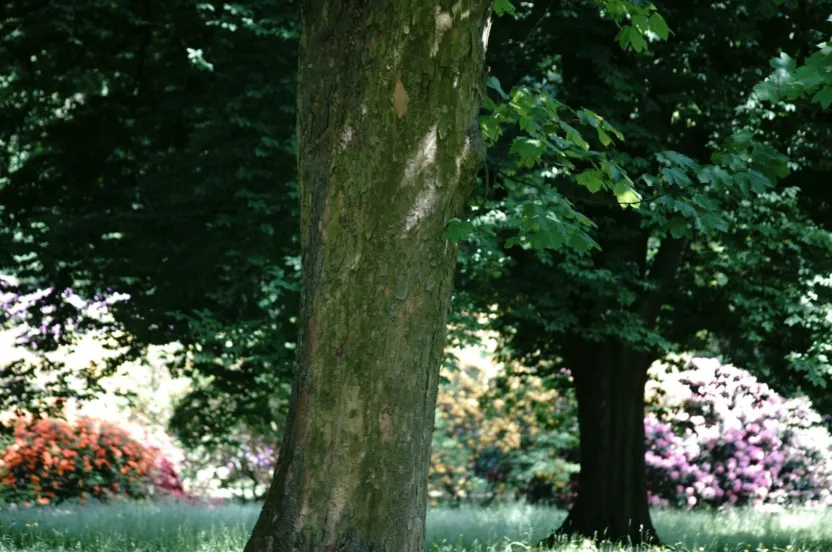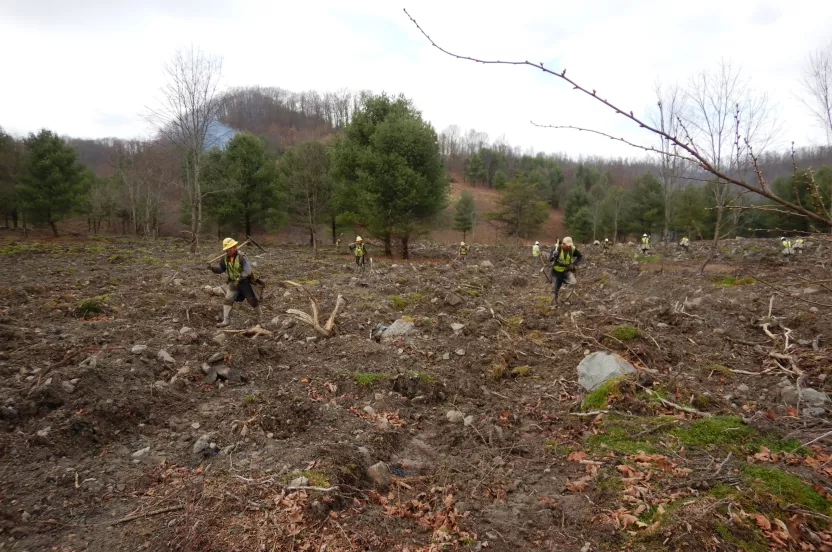Celebrate Arbor Day with 15% off our shop and nursery. Use code LETSGROW. SHOP NOW
Are you considering adding nut trees or bushes to your yard? The secret to growing high-yielding nut trees is selecting the right tree for your hardiness zone and properly caring for it. Climate and soil play a key role in how much nuts a tree will produce. Proper pruning can also help nut trees bear more fruit.
Here are the top 5 nut trees sold through the Arbor Day Tree Nursery.
- American Hazelnut (Corylus Americana) hardiness zones 4-9
The American hazelnut (also known as the American filbert) is a native shrub of the eastern United States. The tasty nuts are highly prized by cooks for their easy-to-crack shells and small, sweet kernel. Squirrels love them as well ... most likely for the same reasons. Hazelnut hedges can be used as windbreaks, visual screens, and to attract wildlife.
If you're interested in planting hazelnuts for their nuts, be sure you have a bit of space. You'll need to plant 2 or more shrubs to ensure a good crop.
Read Arbor Day Farm Hazelnut: Hazel of the Future
2. Chinese Chestnut (Castanea mollissima) Hardiness zones 4-8
As the American chestnut struggles with disease, the blight-resistant Chinese chestnut is quickly gaining popularity. The sweet-tasting nuts are often roasted for holiday eating and have been made famous in turkey stuffing recipes across the country.
But this is more than a nut tree. The shade of its spreading canopy is dense, providing relief in the hot, dry climates the Chinese chestnut does well in.
3. Pecan (Carya illinoinensis) hardiness zones 6-9
This species is known as a tree for all uses. The pecan serves as the nation’s most important commercial nut producer, provides great shade, and sports an amazing grain that makes it highly prized as wood for furniture and flooring. Texans have such an affinity for this tree that they declared it their state tree.
Whether you like to bake with it, buy chairs made of it or simply bask beneath its canopy, the pecan tree is one that serves us well.
4. Black Walnut (Juglans nigra) Hardiness zones 4-9
The practical and the aesthetic combine in black walnut to make this species one of the most treasured trees in American history. This native tree has been called our best friend in times of war and peace. Native Americans and early settlers used it for food, dyes, ink, medicine, fence posts, gun stocks, and furniture.
The valuable dark-brown wood is strong with a handsome grain that polishes easily and gleams forever. The rich, flavored nuts are enjoyed fresh and retain their flavor and texture during cooking. Black walnuts have nearly twice the protein of English walnuts.
5. Butternut (Juglans cinereal) hardiness zones 3-7
A North American native, the butternut (also known as white walnut) is one of the hardiest nut trees. The late October harvest of rich, buttery-flavored nuts are popular for baking, confections and fresh eating.
Trees grown from seed will begin to produce nuts in about 10 years. If you’re interested in planting this tree for its nuts, be sure to plant more than one. While the butternut is self-fertile, you can ensure a better crop with multiple trees.
Read Top 5 Apple Trees Sold Through the Arbor Day Tree Nursery

